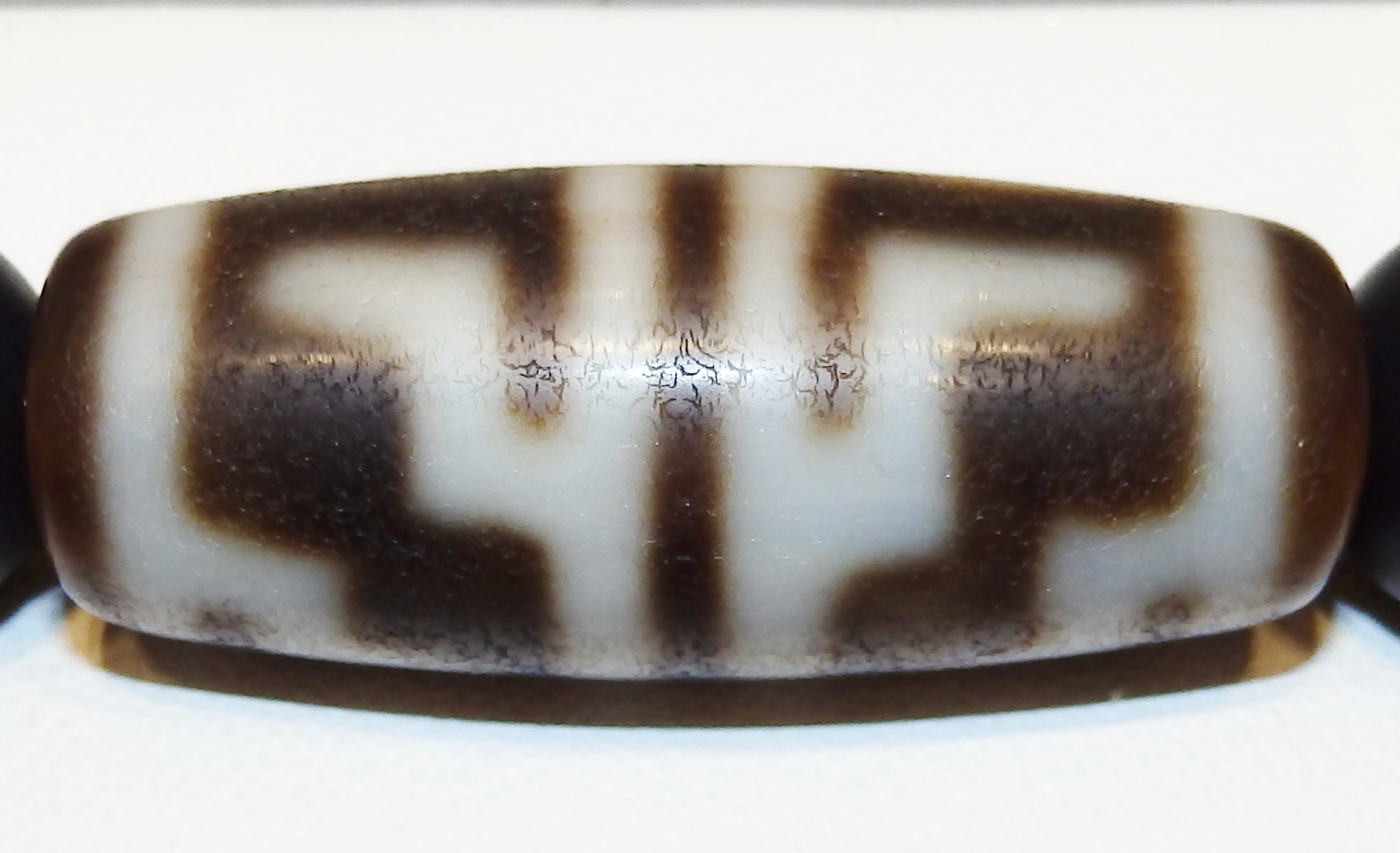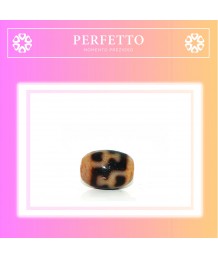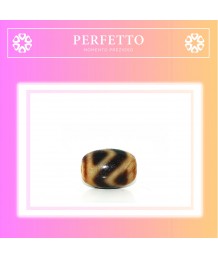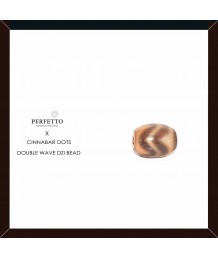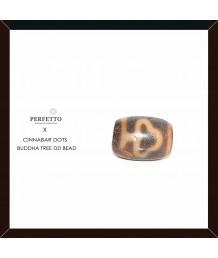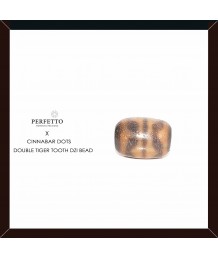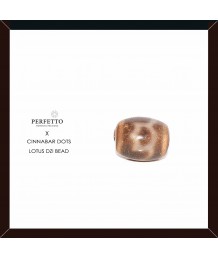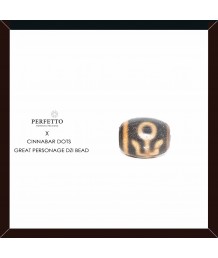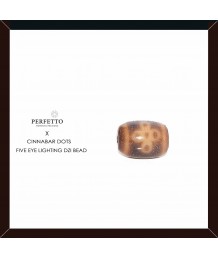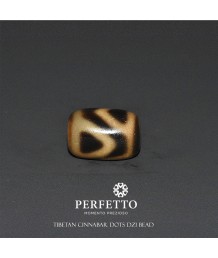The Potala Palace located in Lhasa Tibet Autonomous Region China, was the chief residence of the Dalai Lama until the 14th Dalai Lama fled to Dharamsala, India after a failed uprising in 1959. Today the Potala Palace is a state museum of China and it is a popular tourist attraction; was named as one of the "New Seven Wonders of the World".
Tah-shi de-leh! (Greeting in Tibetan language) If you have the chance to visit The Museum of Fine Arts, Boston or The Metropolitan Museum of Art, New York, most likely you will find a unique bead called Dzi – a stunning contrasts of black and white (or dark brown) bead of etched or treated agate, that is revered in Tibet.
In 1959 the Dalai Lama and many Tibetans fled abroad when the Chinese communists invaded Tibet. They took much valuable jewelry with them, such as coral, amber, turquoise and the mysterious dzi beads. The refugees sold these valuables during the journey in exchange for their daily needs. It was that time the world was exposed to this precious jewel from the Land of Snow!
Dzi or Gzi (pronounced as “zee”) in Tibetan word mean “good retribution, dignity and perfection”. The authentic “Pure Dzi” and “Chung Dzi” are found primarily in Tibet, and the “dzi family” can be found in neighboring countries such as India, Bhutan, Ladakh, Sikkim and Nepal. The later are “etched carnelian” and the history can be traced back to 5000 years ago where its main sources were Mesopotamia, Afghanistan and India.
The Origin of Dzi Bead
The dzi bead is one of the most mysterious of all the beads known to human being today. Numerous attempts to trace back to their source yield fruitlessly although many dzi beads have been passed down from generations to generations. They exist seemingly in isolation, as if snapped from a chain, with no links to their past. It is unclear to many bead scholars the exact origin of dzi bead, why, when and how it was manufactured. The fact is these tiny stone beads patterned with mystical eyes are one of the most treasured beads in the world today. The Tibetans believe the dzi beads are the precious jewels with supernatural origin.
There are many myths and legends in Tibet describing the origin of the bead. Among the many myths and legends that follow the dzi, the main belief is that the gods created them. The Tibetan theorized divine origin rendered the dzi to be precious and powerful talismans. Most Tibetans will not let go of it because this may cause bad luck to them. In addition, the rarity of the bead makes them as valuable as diamonds in Tibet.
Most Tibetans believe that the dzi were once insects that lived in a kind of nest call “dzi tshang” in Tibet. When the insects were unearthed they will continue to move for a while and eventually become petrified in the form of dzi that exist today. There are stories say that the dzi were once insects but became petrified by the touch of human hand, or by the people with good karma, or by woman’s shirt.
Another legend said that there was a time when Tibet was overwhelmed by severe epidemic and the Tibetans were facing very hard life. Fortunately, the compassionate Vajravarahi Buddha came to rescue by releasing the magical Dzi Beads from the sky. The beads are believed to bring good luck, ward off evil, and protect the wearer from physical harm.
Weathering Marks
Weathering marks are signs of aging and represent the age of a dzi bead. They are the tine lines of different thickness running irregularly on the surface of the dzi bead. However, not every old dzi bead will have the weathering marks.
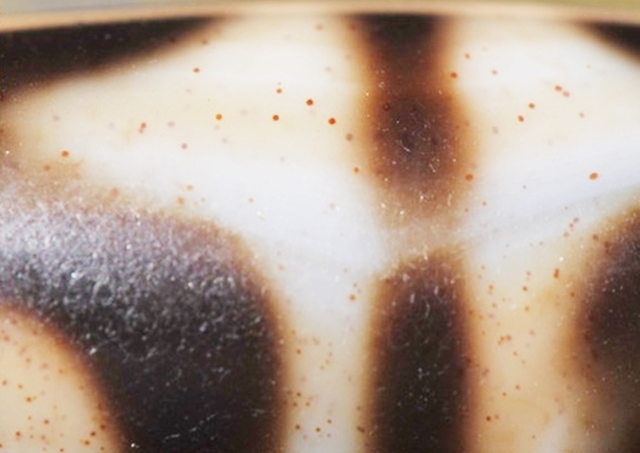
Cinnabar Dots
Cinnabar Dots are the red or black speckles that grow from within the body of dzi to its surface. It is possible that these cinnabar dots are the effects of the magnetic interaction between the dzi and the human body after a very long time. There are two types of cinnabar dot: the red and the black cinnabar dot. The red one is more popular among the wearers. Dzi bead with black cinnabar dot is believed to have longer history or older than the red one. This is due to the observation that the red cinnabar dot will eventually turn into black after a few generations. However, dzi beads with cinnabar dots are extremely difficult to find thus the price usually very high.

